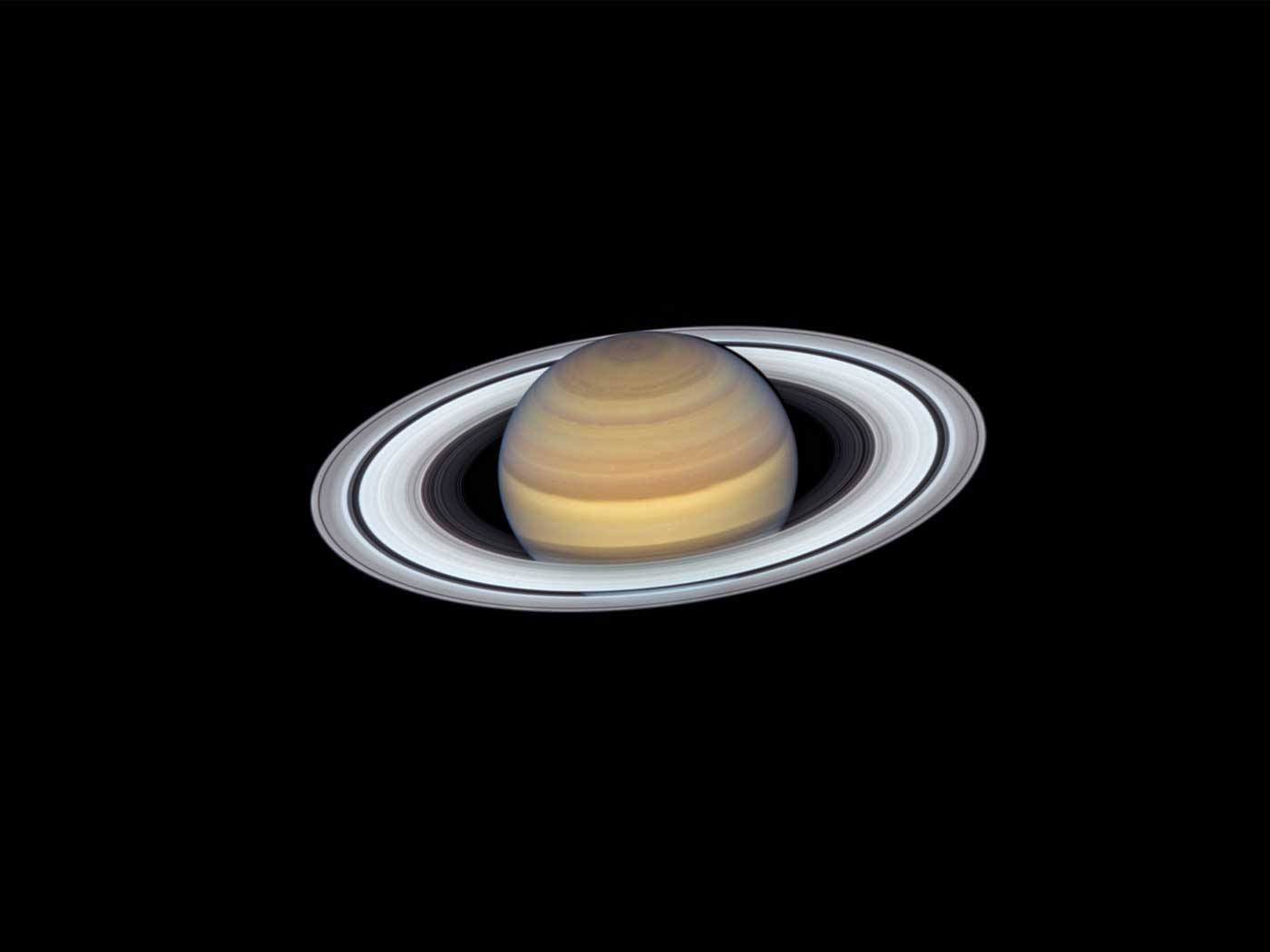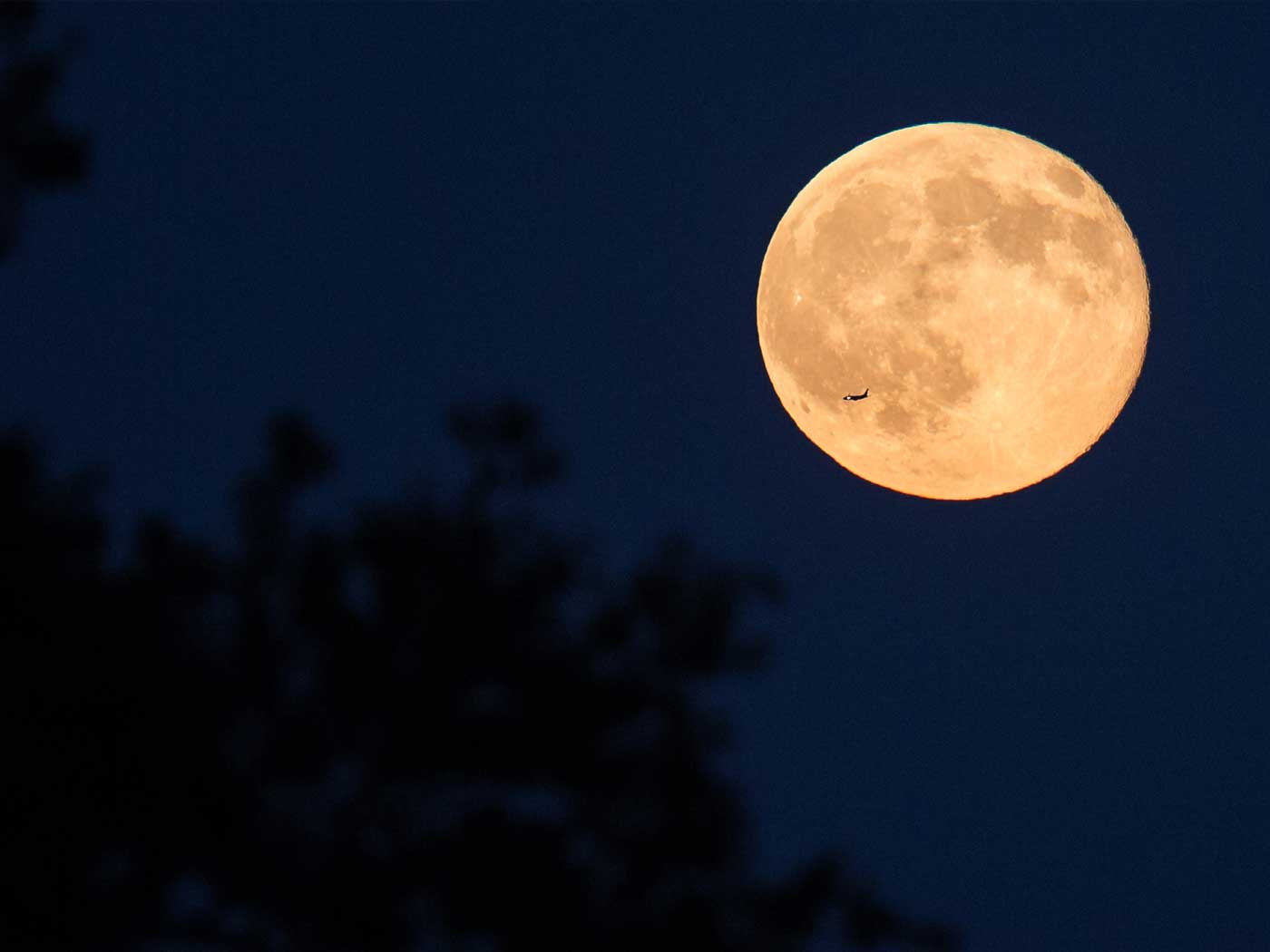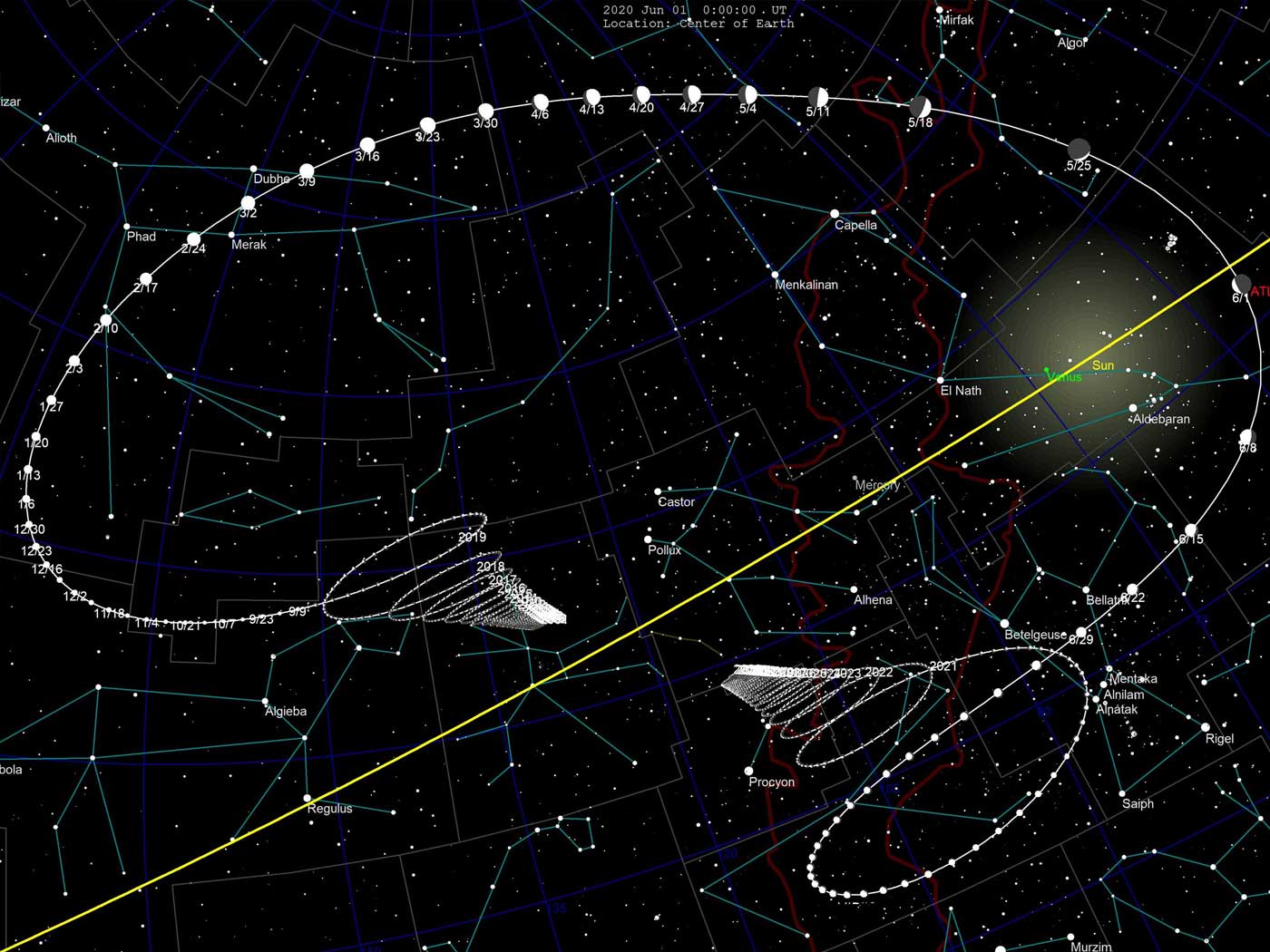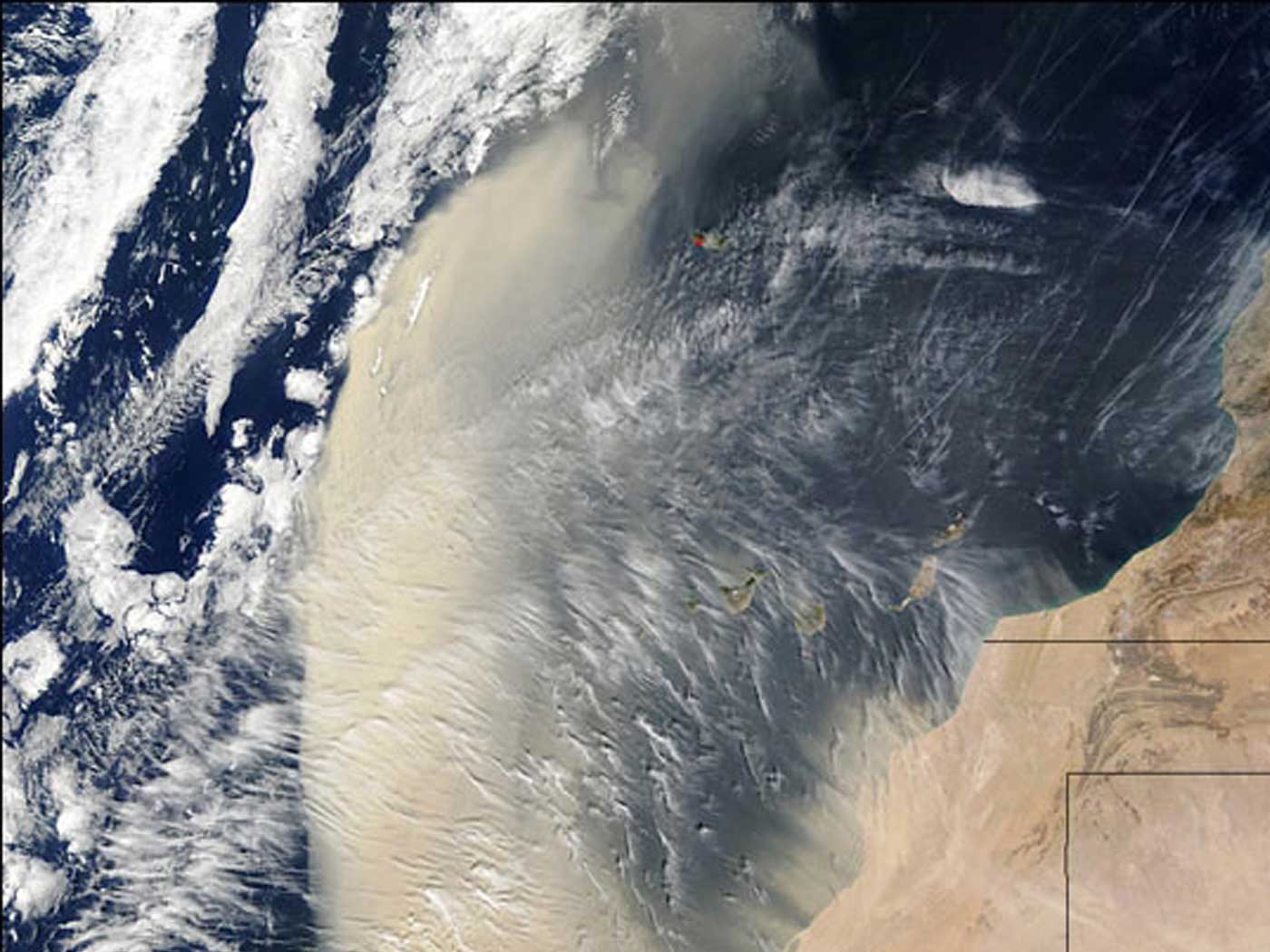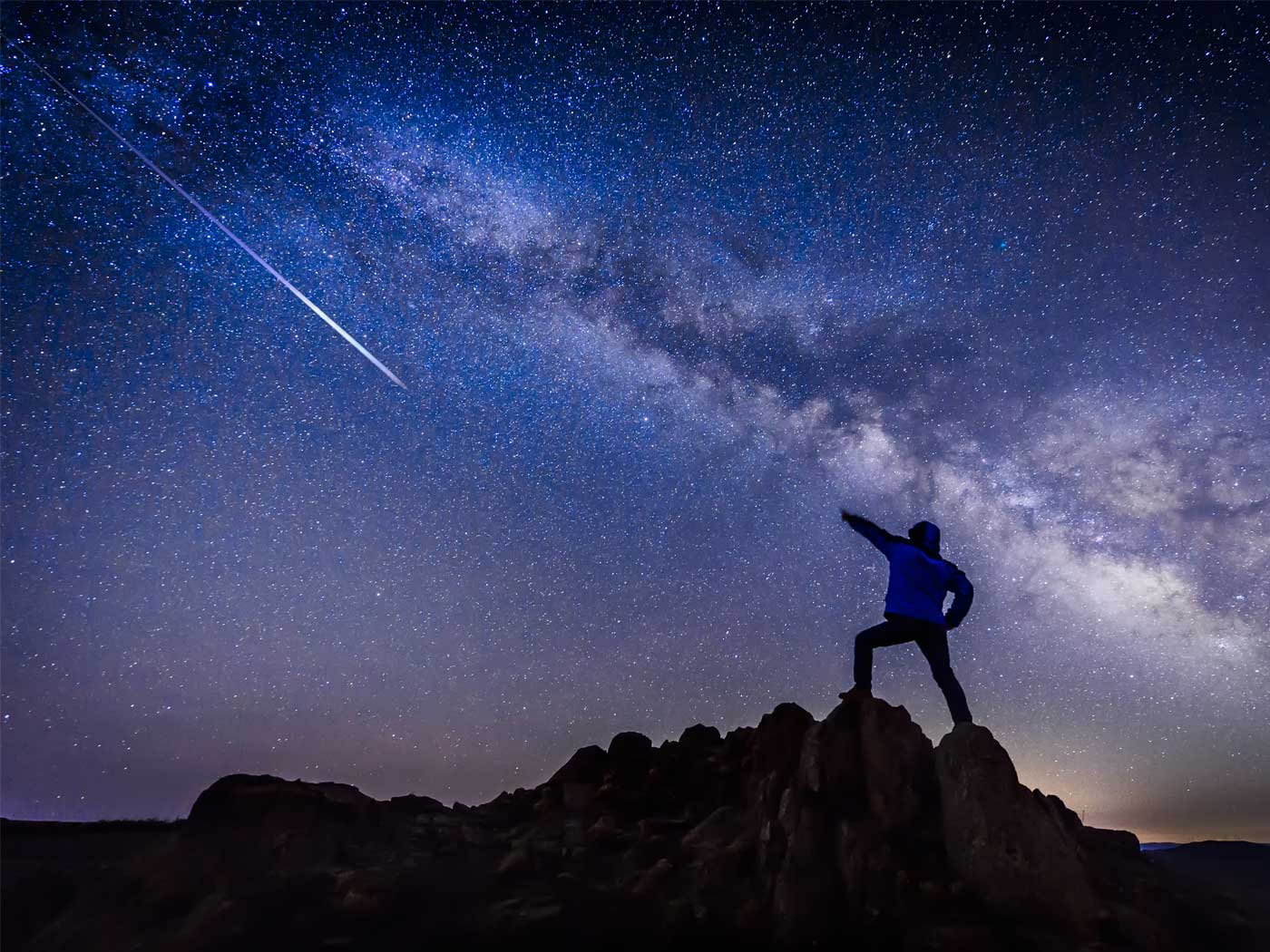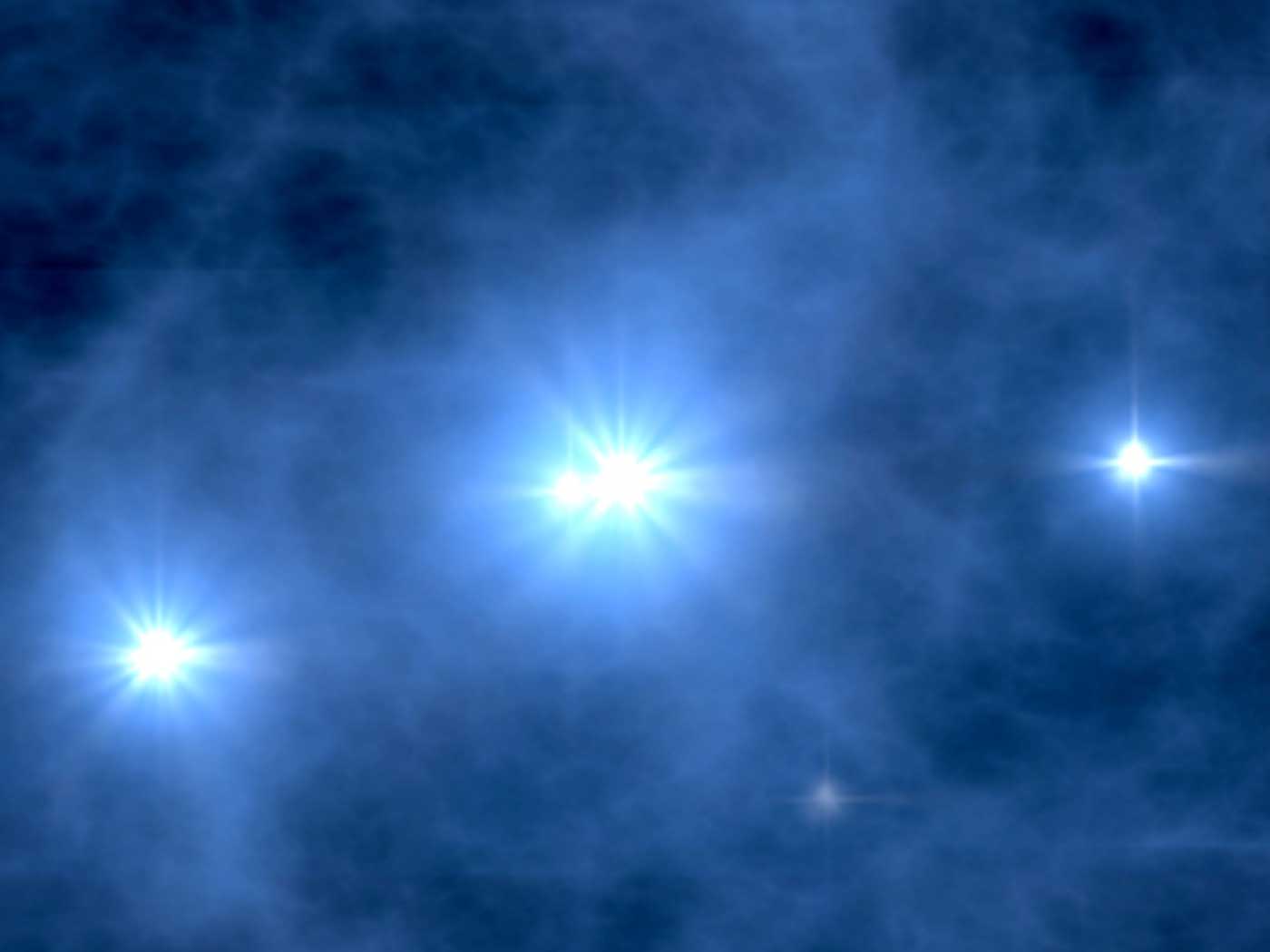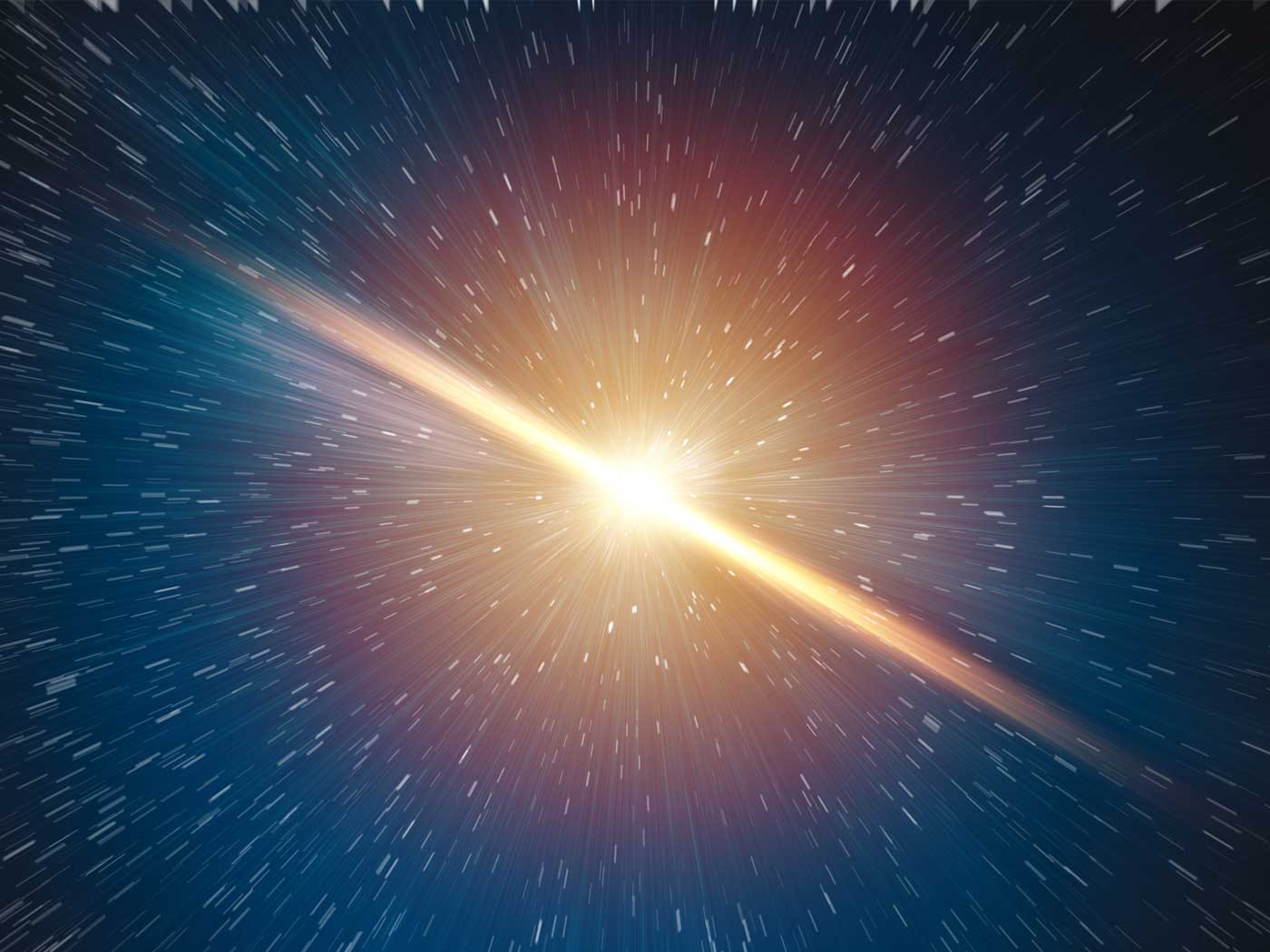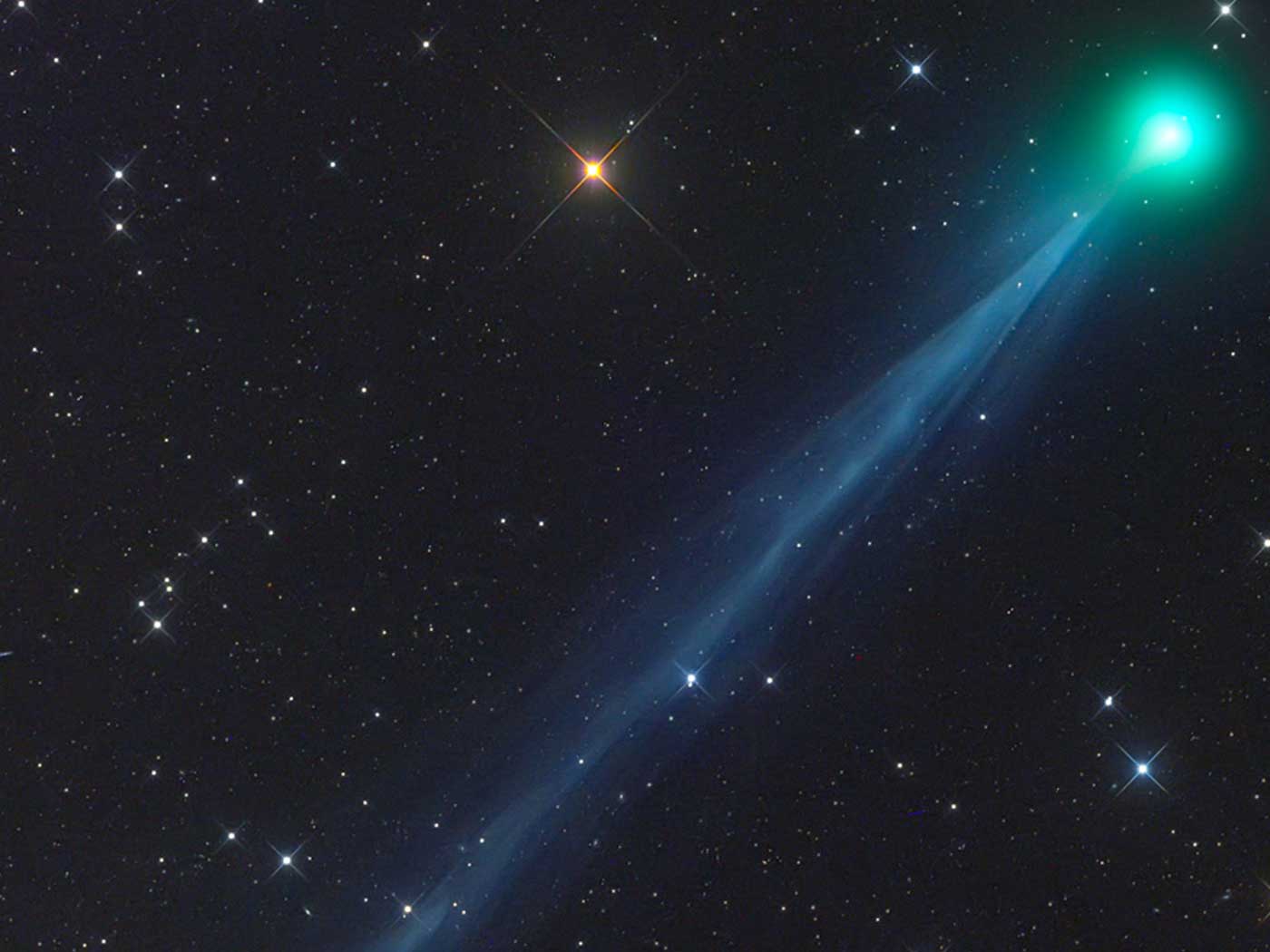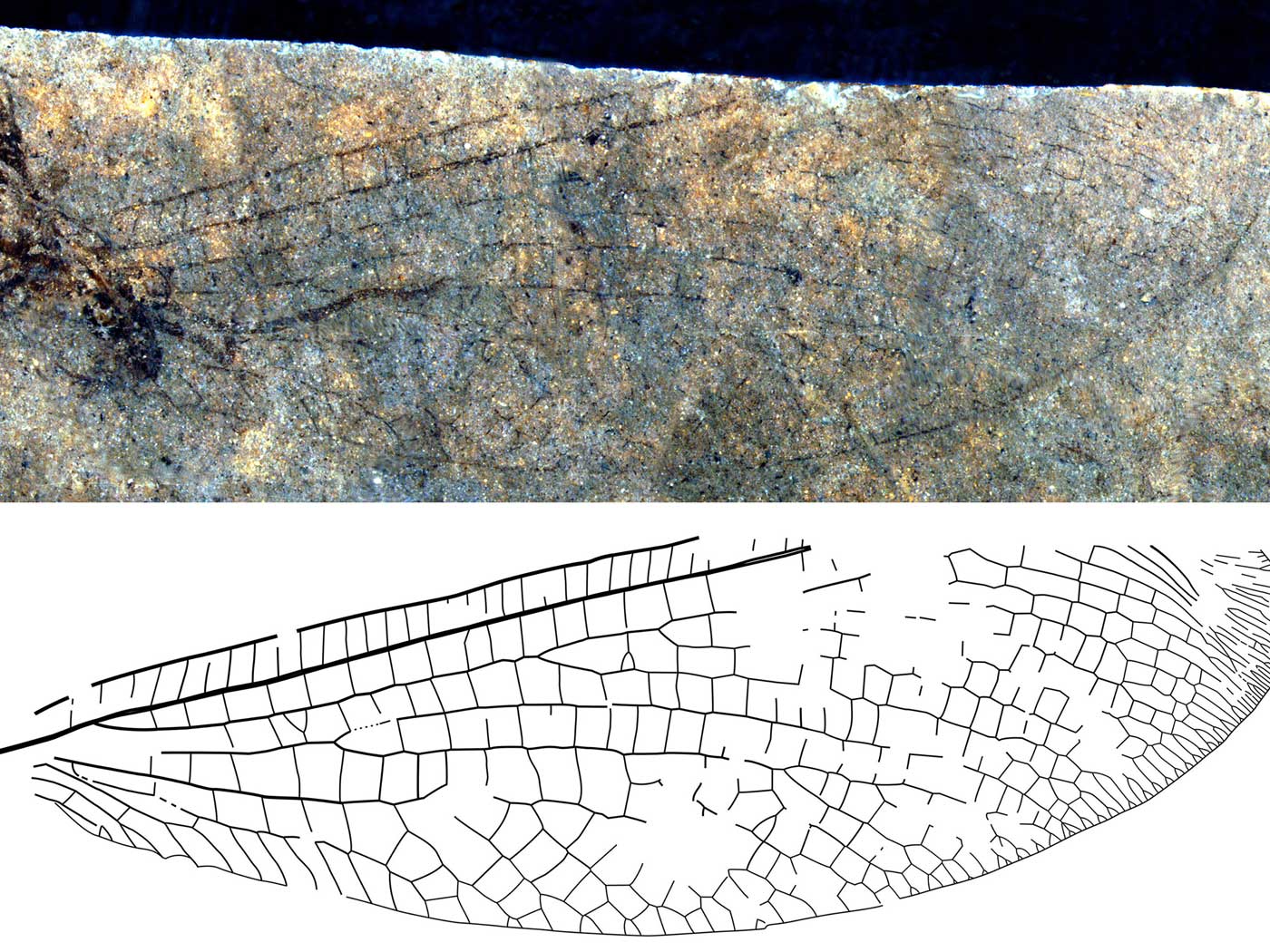Both amateur and professional stargazers have an opportunity to see a little more of God’s glory revealed in the heavens1 next week. The Perseid meteor shower is probably the best of all the annual meteor showers, and it is scheduled to put on a “peak performance” in the early morning hours of Monday through Wednesday, August 12-13.2
Meteor showers are caused by comets. When comets approach the sun, they lose material as ices in the comet nucleus vaporize. These gases form the fuzzy “coma” around the comet nucleus as well as a tail.3 Sometimes, bits of rocky material break off from the nucleus, forming a debris trail behind the comet. If the Earth passes through this debris trail, cometary fragments burn up as they enter our atmosphere at high speed, forming a “shower” of beautiful “shooting” or “falling stars.” In the case of the Perseid meteor shower, the “shooting stars” are caused by debris from the Swift-Tuttle comet.2 The shower is called the Perseid meteor shower, because the point from which the meteors appear to originate, called the radiant, is located within the constellation Perseus.
Besides their intrinsic beauty, meteor showers are a reminder that our solar system is young. Secular scientists claim that comets (which provide the source material for meteor showers) are “leftovers” from the formation of the solar system about 4.6 billion years ago. But because comets lose material on each approach to the sun, they have finite lifetimes, most of which are measured in just thousands or tens of thousands of years. So if comets are billions of years old, then why do we still see them in our night skies?
Creation scientists would argue that this is because comets, as well as the rest of our solar system, are young, having been created by God about 6,000 years ago. Secular scientists argue that “reservoirs” of potential comet nuclei can replenish the solar system with new comets to replace the comets that are no longer visible. However, there are serious problems with this idea. First, there is no evidence that one of these supposed reservoirs, the so-called Oort Cloud, even exists!4 Worse yet, there is strong evidence that at least some individual comets must be young. For instance, scientists were surprised that the nucleus of Comet Hartley 2 still contains significant amounts of “dry ice,” or solid carbon dioxide, even though dry ice is volatile and should have mostly (or completely) vaporized after billions of years.5,6 In order to maintain a belief that this comet is billions of years old, one has to argue that either the rate of escape of CO2 was, for some reason, ridiculously slower in the past, or that the escaping carbon dioxide is somehow being replenished. But how or why would either of these options be the case? It is very hard to avoid the conclusion that this particular comet is young.
The Perseid meteor shower stands out from other meteor showers for a couple of reasons. First, it is known for its “fireballs”—especially bright, colorful meteors. Its meteors also are more numerous, with sometimes 50-100 “shooting stars” per hour.2 For those wanting to view this year’s Perseid meteor shower, experts recommend finding a safe place outside the city limits in order to get away from light pollution. They also recommend that you lie on your back, so that you can see as much of the sky as possible, and that you give your eyes about thirty minutes to adjust to the lower light levels. Binoculars and telescopes aren’t needed, however.7 Meteors can sometimes be seen as early as 10 p.m., but for those in the northern hemisphere, best viewing is usually in the hours before dawn.2 Although the meteors seem to originate from the constellation Perseus, it isn’t necessary to be facing that constellation as you observe, as meteors appear all over the night sky. Naturally, observing for more than one night improves your chances of seeing shooting stars.
For those wishing to see this celestial spectacle, may the Lord bless you with clear skies. And if it is cloudy where you live August 12 or 13, don’t despair. The meteor shower is actually ongoing right now until about August 24, although the peak, with the best viewing, occurs next week.
References
1. Psalm 19:1-2.
2. Perseid Meteor Shower 2020: Interesting Facts, Tips, to Spot the Year’s Best Shower This August. Firstpost. Posted on firstpost.com July 28, 2020, accessed July 28, 2020.
3. Some comets have two tails, but the second tail is composed of dust from the comet nucleus.
4. Druyan, A. and C. Sagan. 1985. Comet. New York: Random House, 398.
5. Wolchover, N. Quirky Comet Hartley 2 Confounds Theories on Early Solar System. Space.com. Posted on space.com June 16, 2011, accessed July 8, 2020.
6. Thomas, B. Young Comet Challenges Solar System Formation Story. Creation Science Update. Posted on ICR.org June 28, 2011, accessed July 28, 2020.
7. In fact, using binoculars and telescopes reduce your field of view, making it harder to see shooting stars, which appear over much of the night sky.
*Dr. Jake Hebert is Research Associate at the Institute for Creation Research and earned his Ph.D. in physics from the University of Texas at Dallas.
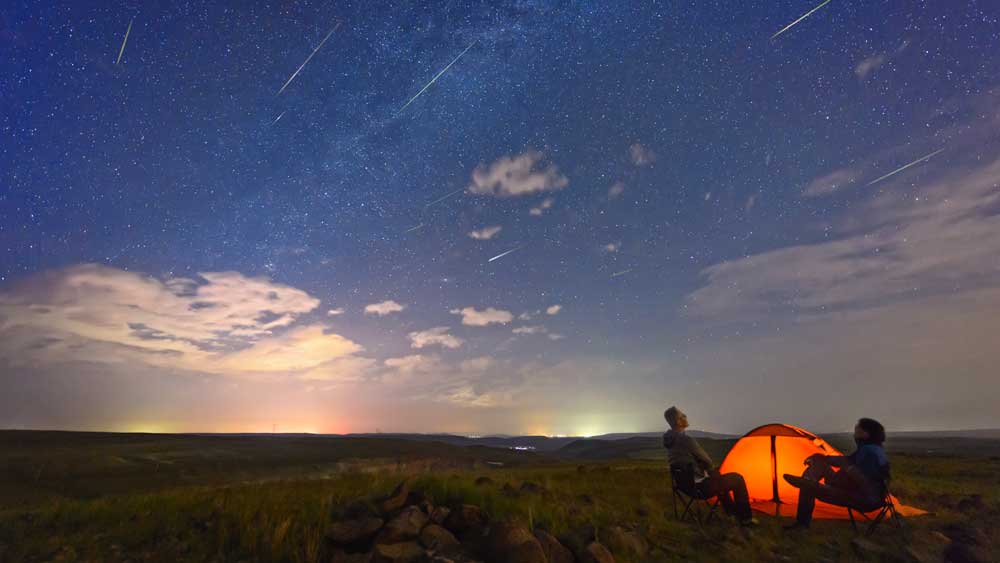
Perseid Meteor Shower Peaks Next Week
The Latest
CREATION PODCAST
Four Moons That Indicate a Young Universe | The Creation Podcast:...
Earth has one moon, but Jupiter has many! What can we learn from our celestial neighbor's satellites? Do they indicate youth?
Host...
Creation Kids: Seeds and Sprouts
by Renée Dusseau and Susan Windsor*
You're never too young to be a creation scientist and explore our Creator's world. Kids, discover...
APOLOGETICS
Christ’s Creativity in Canyon Critters
Grand Canyon animals display many marvelous traits and behaviors as they live life in that harsh habitat. These canyon creatures succeed thanks to the...
Standing Against False Science
I’m Michael Stamp, and I’m in my 12th year as an editor at the Institute for Creation Research. It’s always an encouragement to see...
Oysters and Pre-Flood Longevity
The oyster species Crassostrea virginica, also known as the eastern oyster, is a prized seafood. Research has demonstrated that a fossil version of...
Galápagos Finches: A Case Study in Evolution or Adaptive Engineering?
A group of birds known as Darwin’s finches live in the Galápagos Islands, which are located in the Pacific Ocean 600 miles west of Ecuador....
Hot Springs National Park: Hydrothermal Springs Formed By The...
Hot Springs National Park is located about an hour southwest of Little Rock in the folded Ouachita Mountains of central Arkansas. It is the second smallest...
Why Biology Needs A Theory of Biological Design—Part 2
“Based on a true story” is included by movie producers to add authenticity, importance, and a flair of anticipation. So, my account of how...
Marine Fossil Tapeworm Is Still a Tapeworm
The Flood was both sudden and rapid. The burial of creatures—including delicate plants and soft-bodied animals like jellyfish1—occasionally...
CREATION.LIVE PODCAST
Ask, Seek, and Find with Dr. Brown | Creation.Live Podcast: Episode...
What is truth? Is truth absolute? Is it malleable as sensibilities and cultures shift?
Hosts Trey and Lauren are joined by Dr. Michael Brown to discuss...




